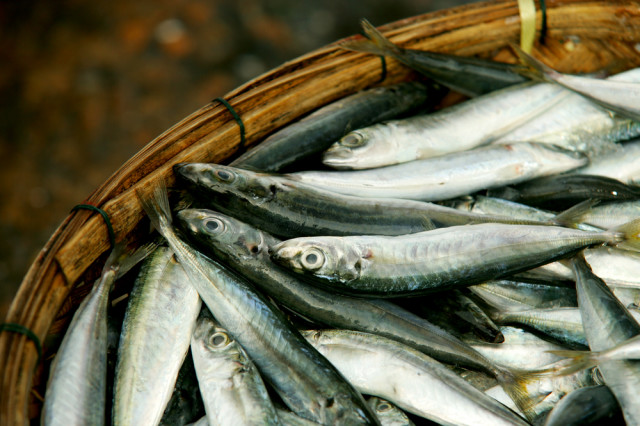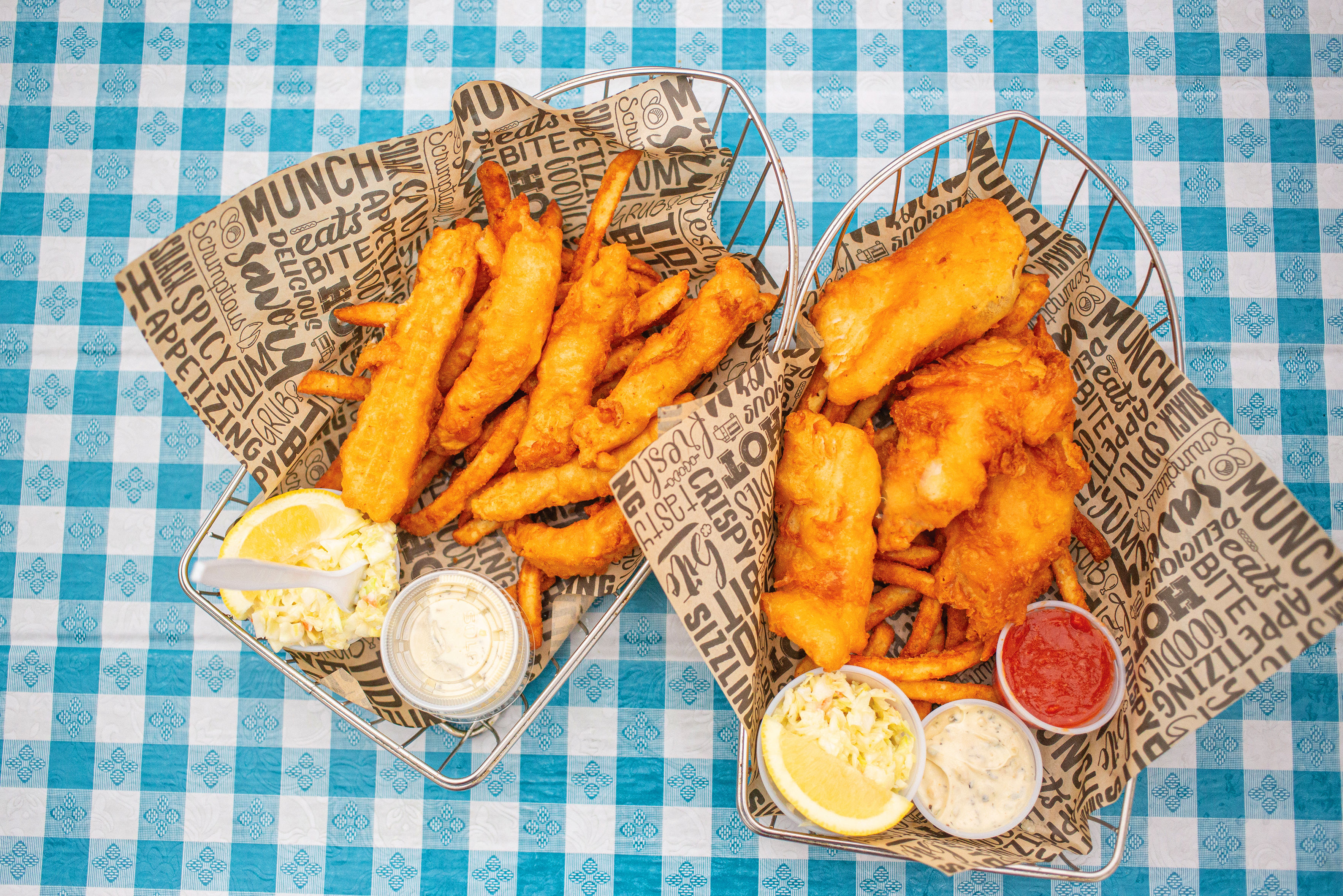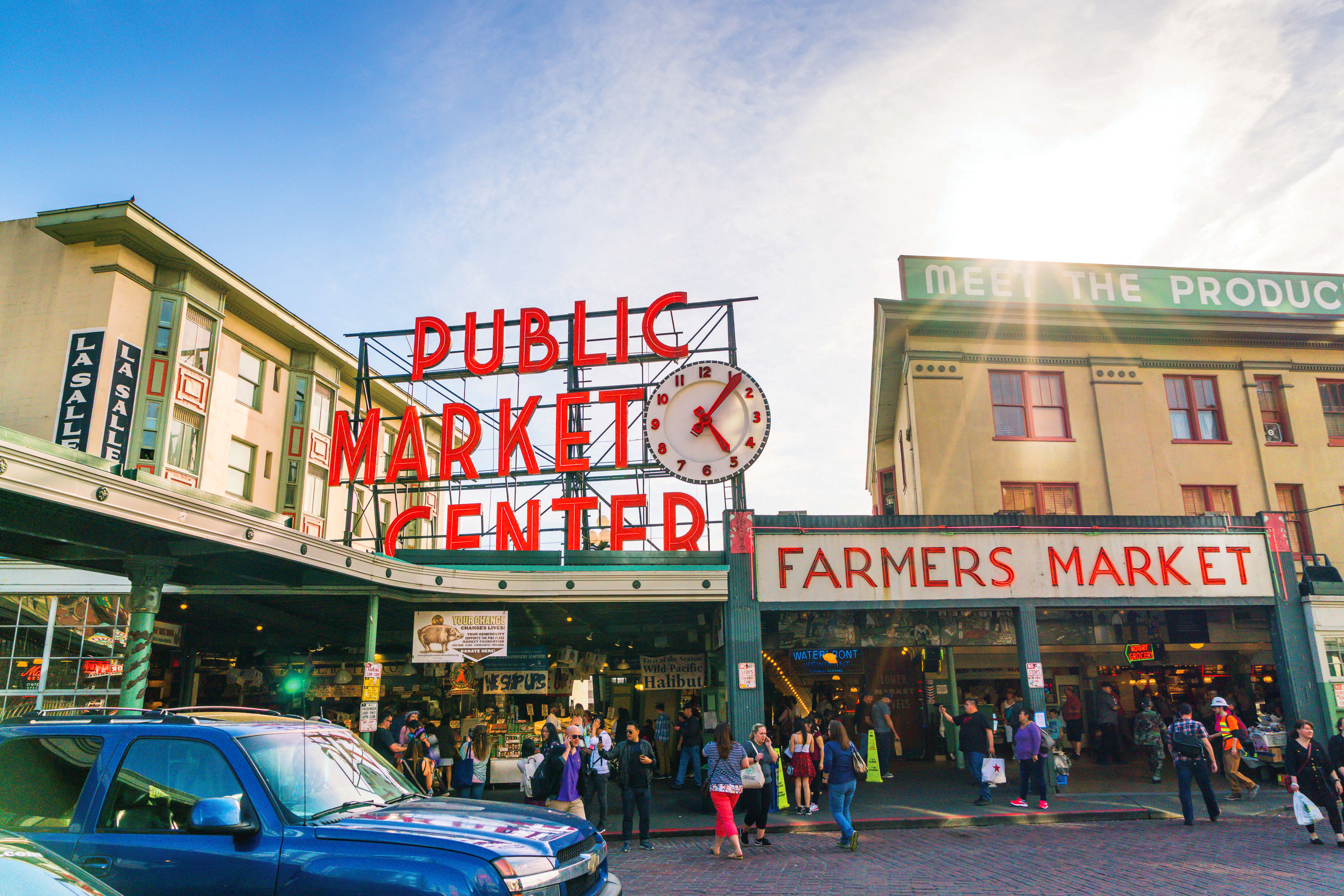Sustainable Seafood Tips from Rick Moonen

Do you know what's on your plate?
The internet world lit up last month when Oceana's report about mislabeled seafood went viral. The cause for concern? The international ocean advocacy group discovered widespread seafood fraud in Portland and across the country: 21 percent of the 98 seafood samples collected by Oceana in Portland, and one-third of the 1,215 fish samples collected nationwide were mislabeled.
Diners shouldn't have cause to question the legitimacy of what's on their plates, but it's a growing issue—horse meat, anyone?—and improper labeling is worthy of a public outcry.
Celebrity chef and sustainable seafood pioneer Rick Moonen hit Portland this week for a collaborative dinner at Riffle NW, so we sat down with the king of eco-friendly seafood to get his tips for sourcing fish at home and while dining out.
Here are their tips for making sure you're eating what you order when it comes to seafood:
- Choose restaurants that bring in their fish whole. Many restaurants order filleted fish that's hard to identify, but choosing whole seafood with the scales on means chefs can make sure the fish was treated properly from catch to delivery, and that the fish on your plate is the fish that you (and the kitchen) ordered. Not sure how your favorite eateries handle this? Ask.
- Be willing to try new things (i.e. Think beyond the salmon). Have you ever eaten John Dory? How about cobia? By ordering unfamiliar varieties of seafood off of menus, you can encourage chefs to source sustainable options that haven't been overfished.
- Eat low on the food chain. Smaller fish like herring, sardines, mackerel, anchovies are naturally abundant, so they aren't as susceptible to overfishing. Their small bodies also prevent the accumulation of heavy metals like mercury, as is common with larger fish like tuna and salmon.
- Vote with your wallet. Good fish costs money, so don't be surprised when the fish entree costs as much as the steak. Sure, you can get farmed salmon for a song, but restaurants that process sustainbly-caught fish in-house are taking on a project worth supporting. As diners open their minds to new varieties and new channels of water-to-restaurant distribution are established, those prices will start moving back down, but for now you often get what you pay for.
- It doesn't always come down to farmed vs wild. Some of the most sustainable fisheries are actually farms, and wild-caught isn't always the best choice. So how do you know what's best? Download the Monterey Bay Aquarium Seafood Watch app, look for labels from the Marine Stewardship Council and Friends of the Sea at the grocery store, and grill your fish monger and favorite chef with questions about sourcing.
Moonen has built his career around delicious education about the importance of eco-friendly seafood choices—at NYC's The Water Club and Oceana and RM Seafood in Las Vegas—and has created new distribution channels throughout the country for the best seafood to reach restaurant kitchens and diners' plates.
By taking his advice to heart, diners can avoid many of the common traps of purchasing and ordering seafood smartly.




